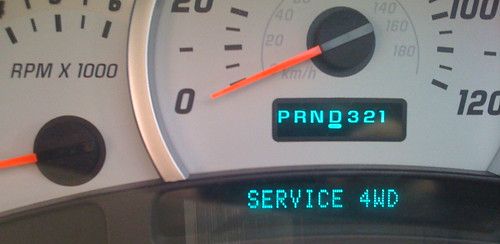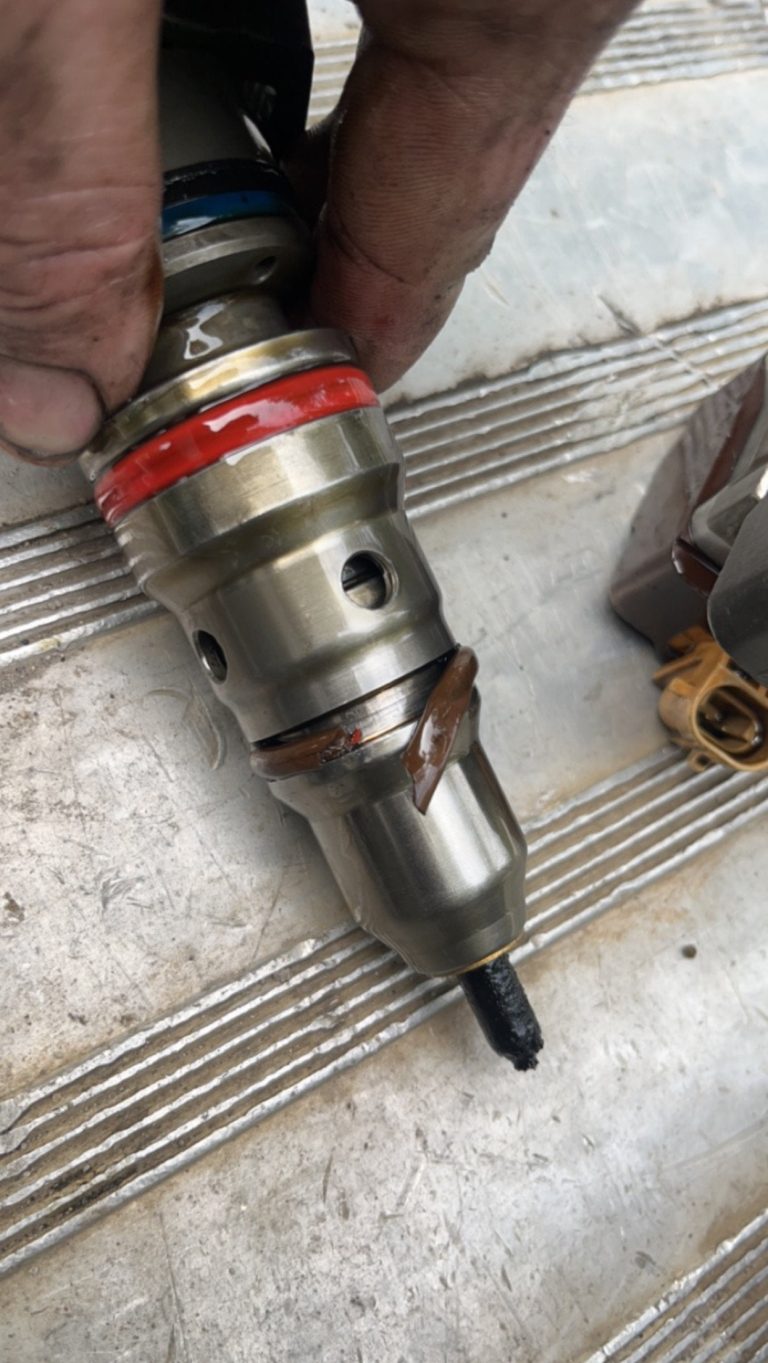What Causes Crankshaft Sensor To Go Bad? (Causes And Solutions)
The crankshaft sensor plays a vital role in the proper functioning of a vehicle’s engine. It is responsible for detecting the rotational speed and position of the crankshaft, which is crucial information for the engine control unit (ECU) to manage fuel injection, ignition timing, and other engine functions. However, like any other component, the crankshaft sensor is prone to failure over time. Understanding the factors that can cause the crankshaft sensor to go bad is essential for diagnosing and addressing the issue.
Several factors can contribute to the failure of a crankshaft sensor. One common cause is wear and tear due to normal usage. The constant exposure to high temperatures, vibrations, and contaminants can gradually degrade the sensor’s performance and accuracy. Another culprit is electrical faults, such as short circuits or wiring issues, which can disrupt the sensor’s signal transmission. Additionally, the sensor’s internal components, such as the magnet or Hall-effect sensor, may deteriorate or become damaged, leading to a malfunction.
What Is A Crankshaft Sensor And What It Really Does?
A crankshaft sensor, also known as a crank position sensor or engine speed sensor, is an essential component in a vehicle’s engine management system. It is typically located near the crankshaft, which is a vital rotating component of an engine that converts linear motion into rotational motion.
The primary function of the crankshaft sensor is to monitor the rotational speed and position of the crankshaft. It provides crucial information to the engine control unit (ECU) or engine management system, allowing it to determine the precise timing for fuel injection, ignition timing, and other engine functions. The sensor achieves this by generating electrical signals or pulses based on the movement of the crankshaft’s position or teeth.
By accurately detecting the crankshaft’s position and speed, the sensor enables the ECU to optimize fuel delivery and ignition timing for efficient engine performance. It plays a crucial role in ensuring proper combustion, reducing emissions, improving fuel economy, and maintaining engine stability.
The crankshaft sensor acts as the eyes of the engine, providing vital information about the crankshaft’s rotational position and speed to the engine control unit, facilitating the coordination of various engine processes for optimal performance.
What Causes Crankshaft Sensor To Go Bad?
Several factors can contribute to the failure or malfunctioning of a crankshaft sensor. Here are some common causes:
Wear and Tear
Over time, the constant exposure to high temperatures, vibrations, and contaminants can cause the crankshaft sensor to deteriorate. The internal components, such as the magnet or Hall-effect sensor, may degrade, affecting the sensor’s accuracy and performance.
Electrical Issues
Electrical faults can disrupt the sensor’s signal transmission or cause it to fail altogether. Short circuits, wiring problems, loose connections, or corrosion in the electrical connectors can affect the sensor’s ability to generate and transmit accurate signals.
Contaminants
The crankshaft sensor is exposed to various contaminants, such as dirt, oil, coolant, and debris, which can accumulate and interfere with its operation. Contaminants can disrupt the sensor’s ability to detect the crankshaft’s position and speed accurately.
Physical Damage
External factors like accidents, impacts, or improper handling during repairs or maintenance can cause physical damage to the crankshaft sensor. Cracks, fractures, or dislodgment of internal components can impair its functionality.
Engine Misfires or Timing Issues
If the engine experiences frequent misfires or has timing problems, it can put additional strain on the crankshaft sensor. The erratic engine behavior can affect the sensor’s readings and lead to premature failure.
Manufacturing Defects
In some cases, the crankshaft sensor may have inherent manufacturing defects or quality issues that make it prone to failure. These defects can include weak wiring connections, substandard internal components, or inadequate protection against environmental factors.
What Are The Symptoms Of A Bad Crankshaft Sensor?
A malfunctioning or faulty crankshaft sensor can exhibit several symptoms, indicating the need for diagnosis and potential replacement. Here are some common signs of a bad crankshaft sensor:
Engine Stalling or Intermittent Start Issues
A failing crankshaft sensor can cause the engine to stall suddenly while driving or experience difficulty starting. The sensor’s inaccurate readings or loss of signal can disrupt the fuel injection and ignition timing, leading to engine shutdown or failure to start.
Rough Idling or Vibrations
A faulty crankshaft sensor may result in erratic idling or noticeable vibrations when the engine is running at idle. Inconsistent readings from the sensor can disrupt the engine’s timing, causing irregular combustion and resulting in rough operation.
Poor Acceleration and Reduced Power
When the crankshaft sensor is not functioning correctly, the engine may exhibit sluggish acceleration and a lack of power. Inaccurate timing signals can lead to improper fuel injection and ignition timing, affecting the engine’s performance under load.
Misfiring and Hesitation
A failing crankshaft sensor can contribute to engine misfires or hesitation during acceleration. Inconsistent or incorrect signals from the sensor can disrupt the precise timing of fuel injection and ignition, leading to misfires and a noticeable loss of power.
Increased Emissions and Reduced Fuel Efficiency
A malfunctioning crankshaft sensor can negatively impact the engine’s combustion efficiency, resulting in increased emissions of pollutants and reduced fuel economy. Inaccurate timing signals can cause incomplete combustion and inefficient fuel consumption.
Check Engine Light
A faulty crankshaft sensor triggers the illumination of the check engine light on the vehicle’s dashboard. This warning light indicates that the engine control unit has detected an issue with the crankshaft sensor or its related circuits.
FAQ:
Q: What is a crankshaft sensor?
A crankshaft sensor is an essential component in a vehicle’s engine management system. It is responsible for monitoring the position and rotational speed of the crankshaft, which is vital for proper engine function.
Q: What are the symptoms of a faulty crankshaft sensor?
When a crankshaft sensor starts to fail, it can cause various issues with the engine. Common symptoms include engine misfires, stalling, difficulty starting the engine, erratic or rough idling, decreased fuel efficiency, and problems with the vehicle’s electronic systems.
Q: Can a faulty crankshaft sensor damage other engine components?
In most cases, a faulty crankshaft sensor will not directly cause damage to other engine components. However, the symptoms associated with a failing sensor, such as engine misfires or stalling, can potentially cause damage if not addressed promptly. It is recommended to have the crankshaft sensor replaced as soon as possible to prevent further complications.
Q: Can I drive with a bad crankshaft sensor?
Driving with a faulty crankshaft sensor is not recommended. The engine’s performance may be compromised, and you could experience issues such as stalling or difficulty starting the engine. It is best to have the sensor inspected and replaced by a qualified mechanic.



